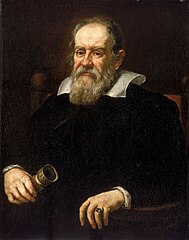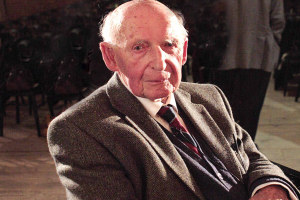Last night people across the UK saw bright objects in the night sky. The police in north-east were contacted by concerned members of the public reporting sightings of UFO’s lighting up the night sky.

“It’s hard to say exactly, whether it was a chunk of rock coming in from outer space, burning up in the atmosphere or a bit of space debris, we call it, space junk, which is basically man-made stuff from a spacecraft that’s burning up in the atmosphere.”
“[The meteor was] probably 80 miles up or so, high up, moving very fast, actually, 18,000 miles an hour, probably, at least.”
Dr Tim O’Brien, associate director of the Jodrell Bank Observatory, speaking to the BBC
It is thought that the “light display” was due to space debris burning up in the atmosphere. The timing, the brightness and colour of the meteors suggest that they were not part of the expected natural meteor showers.
Link









